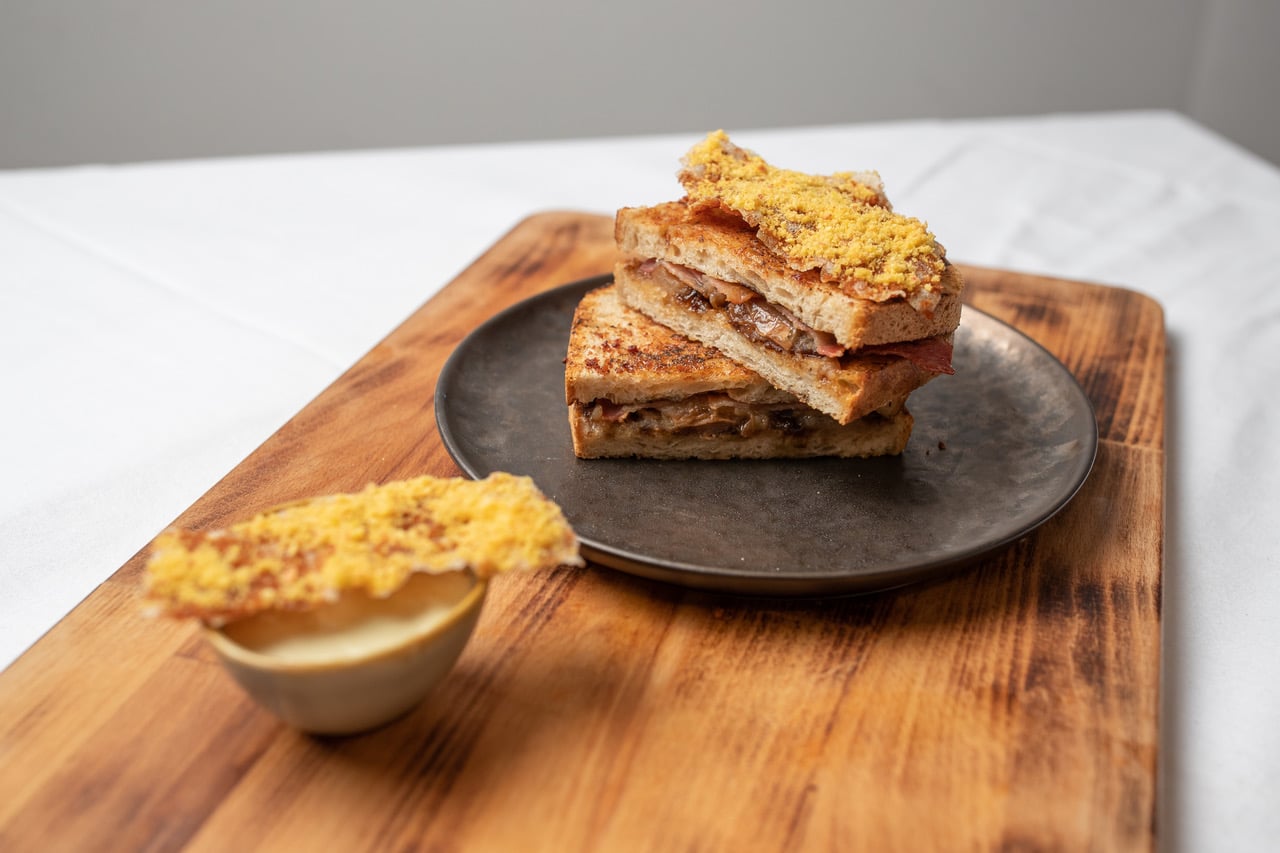The Victorian Era: Pioneering Simplicity
In the 18th and 19th centuries, the sandwich emerged as a practical solution to the demands of a fast-paced society. John Montagu, the 4th Earl of Sandwich, is often credited with popularising the concept in the 18th century, as he requested meat to be placed between slices of bread during his card games, allowing him to continue playing without the need for utensils. This modest start marked the dawn of a culinary phenomenon. [1]
During the Victorian era, sandwiches were straightforward affairs. Common fillings included roasted meats, cold cuts, and simple spreads like butter or mustard. Served at tea parties and picnics, all social classes enjoyed sandwiches, each adapting fillings to their means. The classic cucumber sandwich emerged during this time, reflecting the elegance and restraint of the period. [2]
The Industrial Revolution: Convenience and Diversity [3]
As the 19th century progressed and the Industrial Revolution transformed society, the sandwich continued to evolve. The growth of urban centres led to a need for portable and convenient meals. Bakeries and sandwich shops emerged, catering to the demands of factory workers and officegoers. Fillings diversified to include pickles, cheese, and fish, reflecting the growing accessibility of ingredients.
The Mid-20th Century: Fusion and Experimentation
The mid-20th century marked a turning point in the evolution of sandwich types. The end of World War II brought a wider range of ingredients due to increased global trade. Influences from other cultures began to shape British sandwiches. Fillings like chicken tikka and prawn cocktail made their way onto menus, reflecting the growing multiculturalism of the UK.
The Swinging Sixties and Beyond: Gourmet Creations
The cultural revolutions of the 1960s and 1970s had a significant impact on the sandwich landscape. As Britons embraced a more adventurous and cosmopolitan outlook, sandwiches became a canvas for culinary experimentation. Gourmet sandwich shops popped up in urban centres, offering creations like roast beef and horseradish, coronation chicken, and smoked salmon with cream cheese.
Health-Conscious Trends: Towards Freshness and Balance
In the late 20th century, health consciousness prompted a shift towards lighter and fresher sandwich options. The traditional white bread gave way to wholemeal, granary, and multi-grain varieties. Fillings centred around lean meats, fresh vegetables, and low-fat spreads. The focus was on achieving a balanced meal in a convenient package.
The Modern Era: Fusion, Artisanal, and Customisation
In the 21st century, the evolution of sandwich types in the UK has reached unprecedented heights. Globalisation has brought an array of international flavours to the table, resulting in fusion creations such as Japanese-inspired sushi wraps and Mexican-style tortilla sandwiches. Artisanal bakeries and delis offer an array of premium ingredients, while dietary preferences have given rise to gluten-free, vegan, and other specialised sandwich options.
Furthermore, technology has enabled customisation like never before. Online delivery platforms and sandwich customisation apps allow customers to tailor their sandwiches to their preferences, from bread type and fillings to condiments and extras.
The evolution of sandwich types in the UK is a testament to the nation’s changing tastes, cultural influences, and culinary creativity. From its modest beginnings as a practical meal to sustain card games to its status as a canvas for gourmet innovation, the sandwich has stood the test of time. As the UK continues to embrace new flavours, dietary trends, and culinary techniques, the sandwich remains a beloved and ever-evolving icon of British cuisine.
[1] Britannica, 2023
[2] English Heritage, 2023

